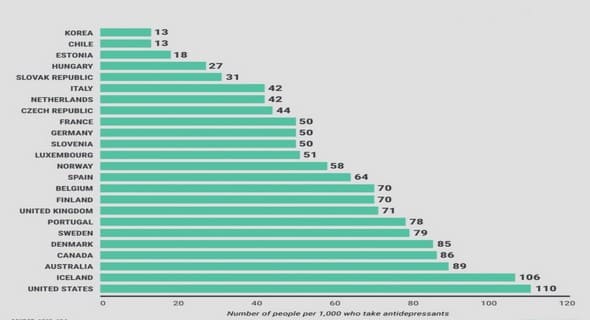(Downloads - 0)
For more info about our services contact : help@bestpfe.com
Table of contents
INTRODUCTION
Why face recognition?
Chapter 1: The development of face processing
1.1 Face Preference
1.2 Face recognition
1.2.1 Mother face preference.
1.2.2. Attractive face preference.
1.2.3. Recognition of unfamiliar face.
1.3 Understanding what disrupts face processing
1.4 Face-Inversion effect
1.5 Configural vs Featural Processing
1.6 Holistic Processing
1.7 Facial categories
Chapter 2: The other-race effect (ORE)
2.1 Behavioural Testing paradigm used in investigating the Other Race Effect
2.2 Development of the ORE
2.2.1 Infant studies.
2.2.2 Children studies.
2.2.3 Adult studies.
2.3 Theoretical Framework
2.3.1 Perceptual Learning Models
2.3.2 Social Cognitive Models
2.3.3 Categorization-Individual Model
2.4 Plasticity of the ORE effect
2.5 Summary
Chapter 3: Introduction to the Other Race Categorisation Advantage (ORA)
3.1 Theories
3.1.1 Multidimensional Space Hypothesis
3.1.2 Contact Hypothesis
3.1.3 Feature Selection Hypothesis
3.2 Evidences of the presence of ORA
3.3 Summary:
Chapter 4: Thesis Aims
Chapter 5: Experiment 1: Development of the other-race effect in Malaysian-Chinese infants
5.1 Introduction
5.2 Method
5.2.1 Participants
5.2.2 Stimuli
5.2.3 Procedure
5.3 Results
5.3.1 Habituation trials.
5.3.2 Test trials.
5.3.3 The other-race effect.
5.3.4 Social and caregiving environment
5.3.5 Social and caregiving environment and the other-race effect
5.4 Discussion
Chapter 6: Experiment 2 & 3: The other-race effect in Malaysian adults and children in a multiracial context.
6.1 Introduction
6.2 Experiment 2
6.2.1 Method
6.2.2 Results
6.2.3 Discussion
6.3 Experiment 3
6.3.1 Experiment 3a
6.3.2 Experiment 3b
6.3.3 Experiment 3c
6.3.4 General discussion for Experiment 3a, 3b & 3c
6.4 Summary
Chapter 7: Experiment 4: The Other-Categorisation Advantage in Malaysian children and adults a multiracial context.
7.1 Introduction
7.1.1 The other-race effect (own-race recognition advantage)
7.1.2 The other-race categorization advantage
7.1.3 Theoretical accounts.
7.1.4 The current study
7.2 Method
7.2.1 Participants
7.2.2 Stimuli and materials
7.2.3 Procedure
7.3 Results
7.3.1 Accuracy
7.3.2 Response Time
7.4 Discussion
Chapter 8: Experiment 5: The role of experience in kinship detection
8.1 Introduction
8.1.1 Kinship Recognition
8.1.2 Inheritance understanding
8.2 Present study
8.2.1 Pilot study method
8.2.2 Result
8.2.3 Summary
8.3.1. Main Study Method
8.3.2 Results
8.3 Discussion
Chapter 9: General Discussion and Conclusion
9.1 How does differential experience in a multiracial environment affect facial recognition (ORE) in infants, children and adults?
9.2 How does differential experience in a multiracial environment affects face categorization (ORA) in children and adults?
9.3 How does differential experience from a multiracial environment affects pre-schoolers ability to detect kinship relations?
Would an individual who have more experience with mixed race kinship be able to have an earlier understanding of biological inheritance?
References



